Search the Special Collections and Archives Portal
Search Results
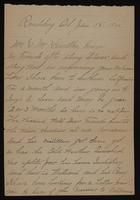
Correspondence, Walter H. Stewart to Mr. and Mrs. Hampton George
Date
Archival Collection
Description
Text
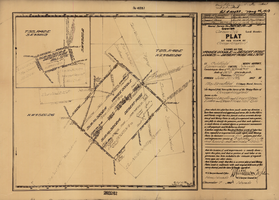
Plat of the claim of George Wingfield, June, 1907
Date
Description
Text
George Goto oral history interview
Identifier
Abstract
Oral history interview with Toshiyuki “George” Goto conducted by Christina Oda on February 26, 1979 for the Ralph Roske Oral History Project on Early Las Vegas. Goto first talks about his move to Nevada in 1951 before talking about his family, church activities, politics, and recreational activities. He then discusses the building, economic, and environmental changes in Las Vegas, Nevada. Goto later talks about his profession in landscaping, including the work he completed for some of the hotels and resorts built on the Las Vegas Strip. The latter part of the interview includes discussion about Goto’s Japanese ancestry and his perceptions as a minority when first moving to and living in Las Vegas.
Archival Collection
George Kielak oral history presentation
Identifier
Abstract
Oral history presentation by George Kielak to an unidentified group recorded on February 1, 2007. In his talk, Kielak explains that he was born in Warsaw, Poland in 1929 and was nine years old when Germany occupied the country. He describes what it was like living under the German occupation forces and comments that of all the occupied countries during World War II, Poland suffered the most severe restrictions and punishments. He then outlines the progress of the war from 1939 to 1944, a period in which he joined the Polish resistance movement. He explains that after the resistance fighters rose up against the Germans in 1944 Russia would not help, leading to the collapse of the movement, his capture by the German forces, and his seven month internment in a POW camp. He describes immigrating to England at the end of the war because Poland became part of the Soviet Union. After serving in the British Army, he immigrated to the United States in 1950. At the end of the presentation he shows maps and photographs and answers questions from the audience.
Archival Collection
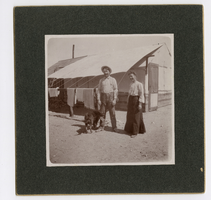
George and Jean Fayle in front of tent house in Jean
Date
Archival Collection
Description
Image
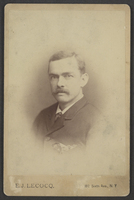
Photograph of George A. Clifton, August 16, 1889
Date
Archival Collection
Description
Image
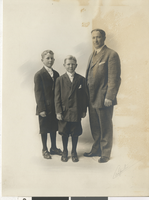
Photograph of George, Arthur, and Leonard Fayle, 1900-1910
Date
Archival Collection
Description
Image
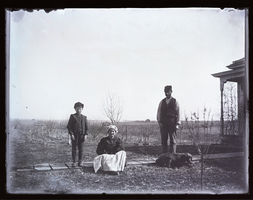
Photograph of Willard George and others (Neb.), circa 1900
Date
Archival Collection
Description
In Nebraska, ca. 1900. Willard George is at left, the others are not identified but probably relatives. 0105 0103 is a duplicate copy of this photo.
Image
George Ward oral history interview
Identifier
Abstract
Oral history interview with George Ward conducted by Charles P. Hall on March 11, 1978 for the Ralph Roske Oral History Project on Early Las Vegas. In this interview, Ward discusses moving to Las Vegas, Nevada in 1942 and his experience in the city as an African American. Ward describes the jobs African Americans were hired for in Las Vegas during the 1940s and his teaching career. He describes segregation and discrimination in the school system and in casinos. He also talks about how African American police officers were only allowed to patrol West Las Vegas, housing availability, and organized crime in the city. Lastly, Ward talks about his involvement in local politics, the beginnings of the University of Nevada, Las Vegas, and the development of Las Vegas.
Archival Collection
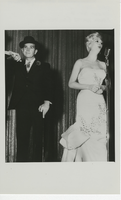
Photograph of George Murphy, Las Vegas (Nev.), 1950s
Date
Archival Collection
Description
Image
